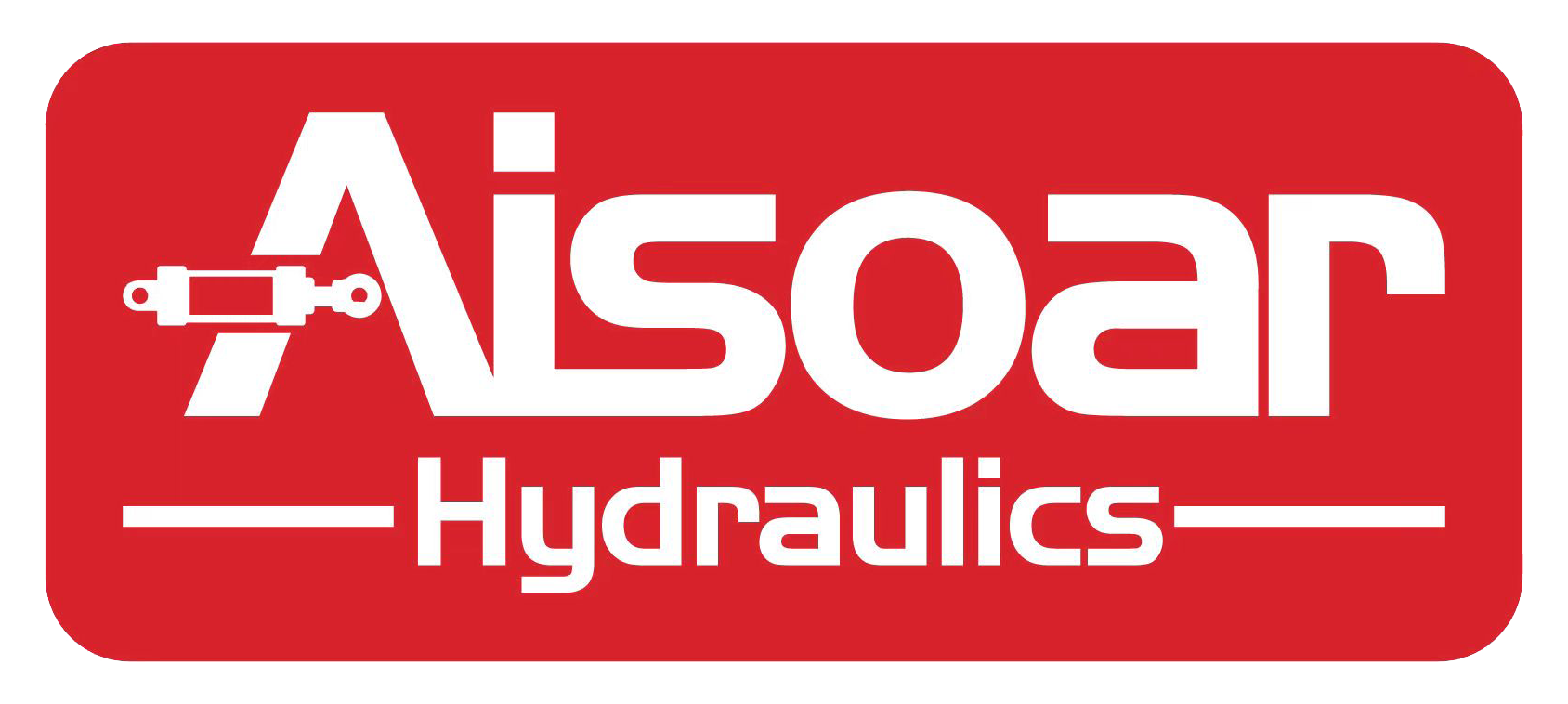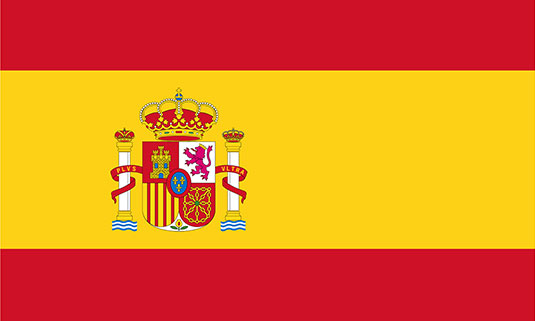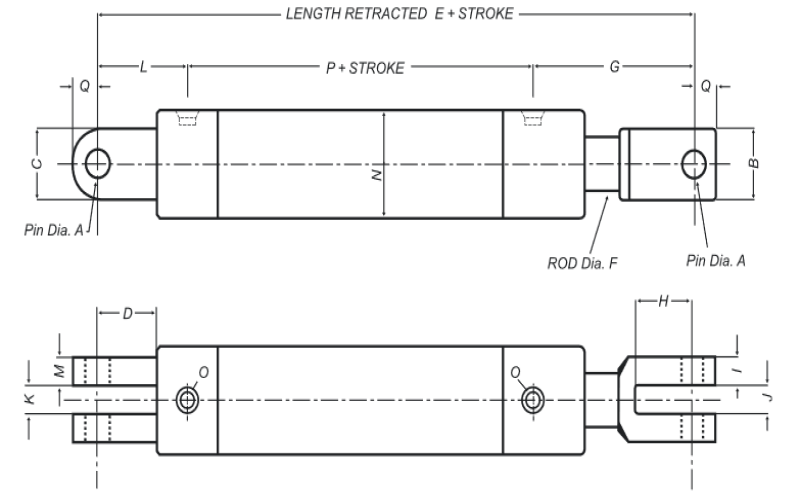What is hydraulic cylinder stroke?
The hydraulic cylinder stroke is the difference between the large total length when the hydraulic cylinder is ejected and the small total length when it is retracted.
The stroke of the oil cylinder should be the stroke of the hydraulic cylinder. The stroke of the hydraulic cylinder refers to the movement length of the piston rod. The hydraulic cylinder with a buffer device includes the buffer length.
Hydraulic cylinder is a hydraulic actuator that converts hydraulic energy into mechanical energy and performs linear reciprocating motion (or swing motion). It has a simple structure and reliable work. When it is used to achieve reciprocating motion, the deceleration device can be eliminated, and there is no transmission gap, and the motion is stable. Therefore, it has a wide range of applications in mechanical hydraulic systems. The output force of the hydraulic cylinder is proportional to the effective area of the piston and the pressure difference between its two sides; the hydraulic cylinder is basically composed of a cylinder barrel and a cylinder head, a piston and a piston rod, a sealing device, a buffer device and an exhaust device. The buffer device and the exhaust device depend on the specific application, and other devices are indispensable.
[Calculation formula for time required for hydraulic cylinder stroke]
When the piston rod is extended, the time is (15×3.14×the square of the cylinder diameter×the cylinder stroke)÷flow;
When the piston rod retracts, the time is [15×3.14×(the square of the cylinder diameter-the square of the rod diameter)×the stroke of the cylinder]÷the flow rate;
The cylinder diameter unit is: m;
The unit of rod diameter is m;
The unit of stroke is: m;
The flow unit is: L/min.
If you have any further questions about hydraulic cylinders, please contact email: alice@ai-soar.com or contact us.
|
AISOAR HYDRAULIC CYLINDERS |


 ES
ES RU
RU


